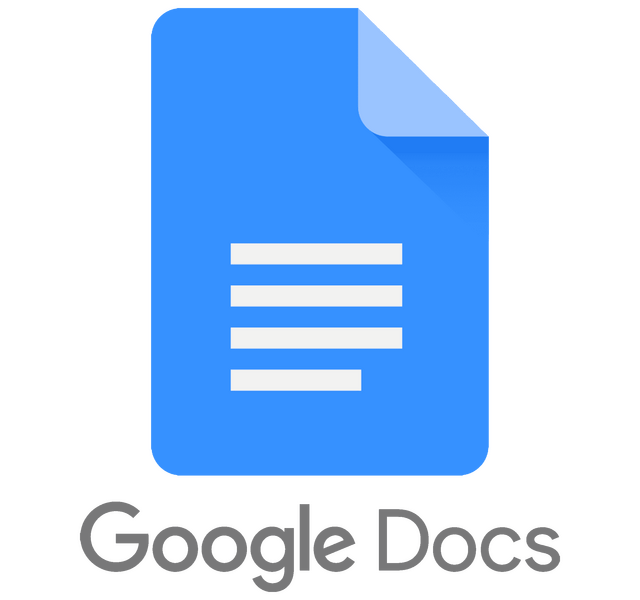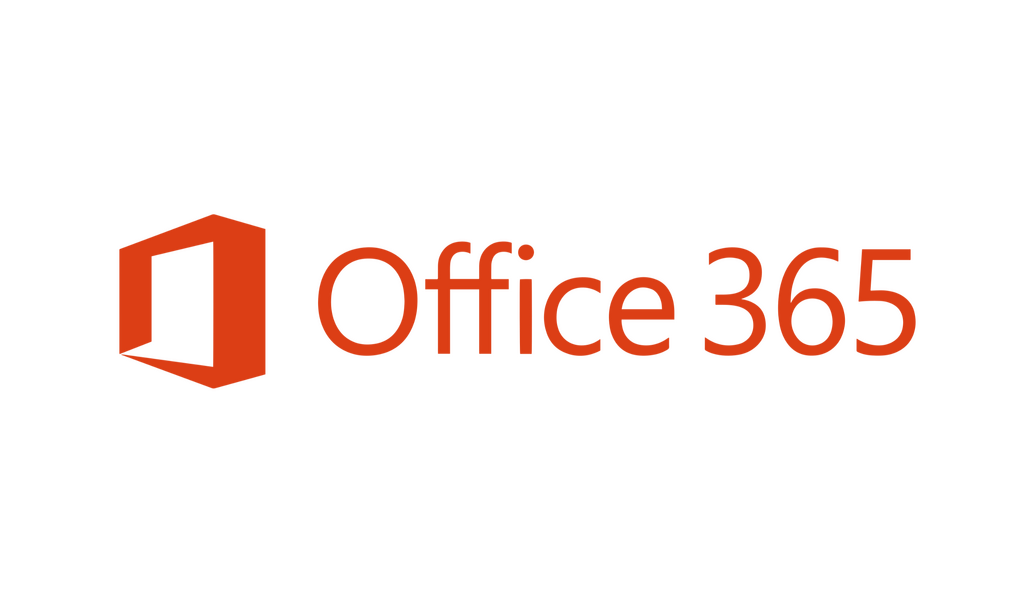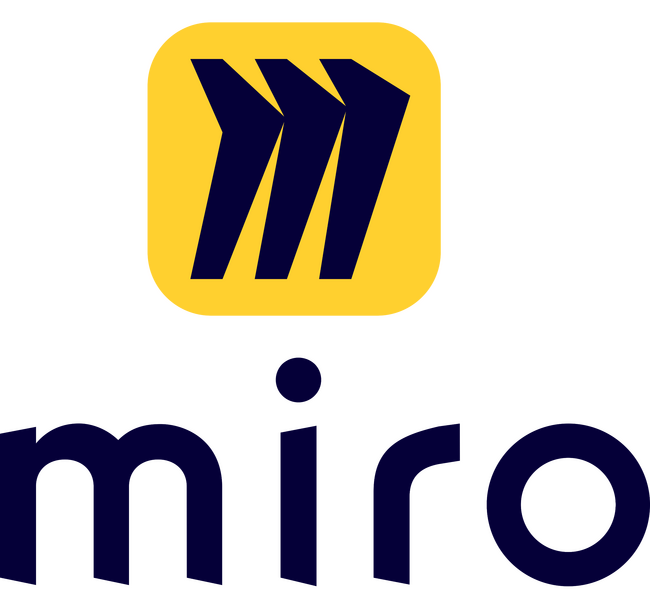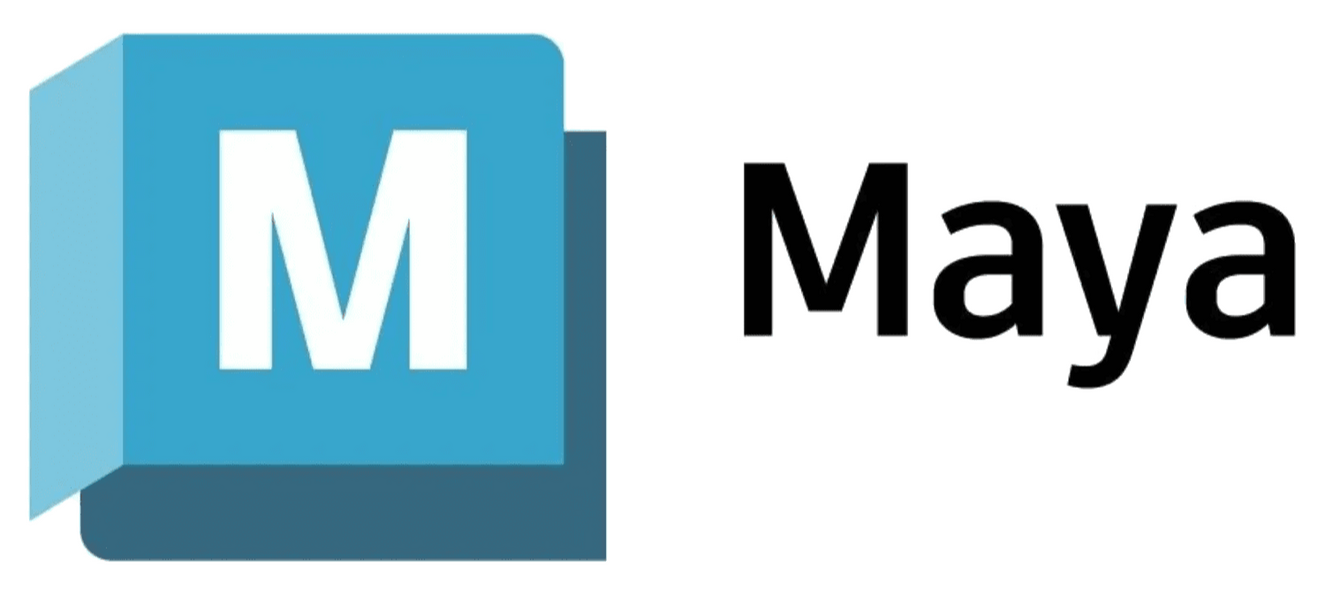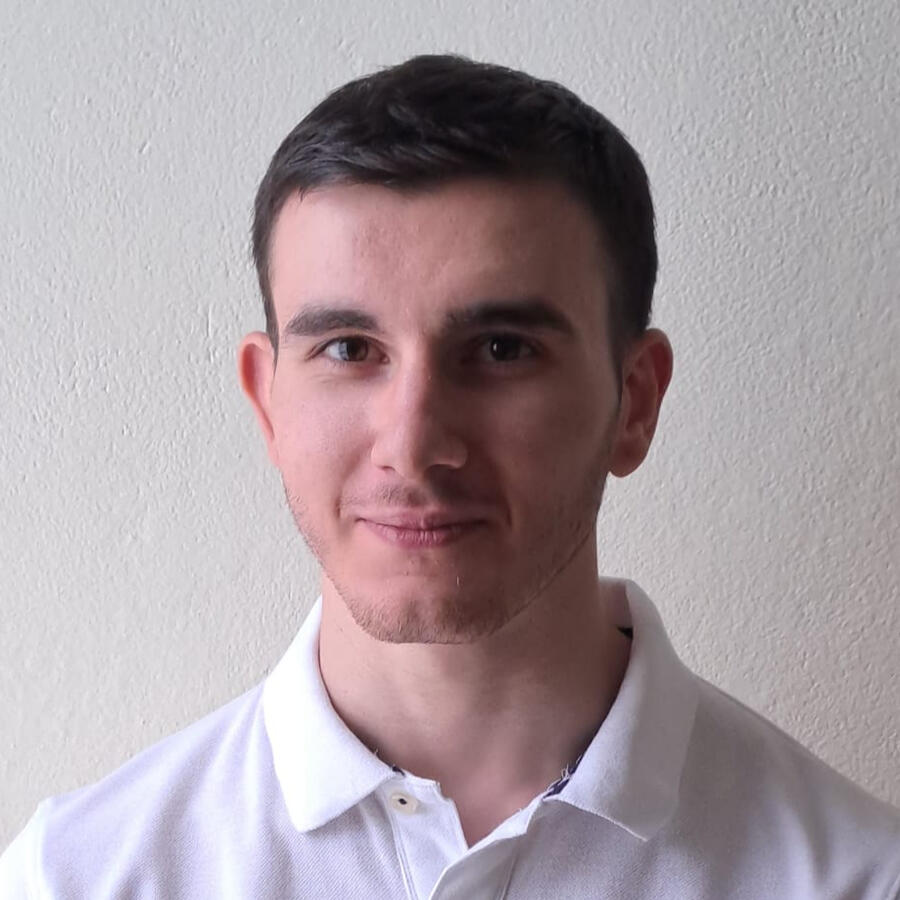
Hello
I'm Gianluca, level designer and game designer. Welcolme on my website portfolio
Education
In this section you will discover my professional formation and knowledge of tool I discovered and used thgrout the years.
High School:
My secondary education began at the Leardi Technical Institute, where I studied Construction, Environment and Territory. The choice was not random: ever since I was a child, I have always been fascinated by the world of construction and design, an interest that arose from watching my mother at work in the offices of various construction companies. I was struck by the transformation of a project on paper into a real environment that could be used and experienced by other people. This creative and concrete process seemed almost magical to me, and over time it became one of my main motivations for pursuing this path.During my school years, I had the opportunity to explore different architectural styles, developing a critical yet creative eye for urban and domestic spaces. My interest was not limited to theory: I participated in two internships at architecture firms, where I was able to observe the dynamics of professional work up close. I was confronted with the complexities of bureaucracy and constant technical challenges, and I understood how much daily work requires precision, problem-solving skills and adaptability.
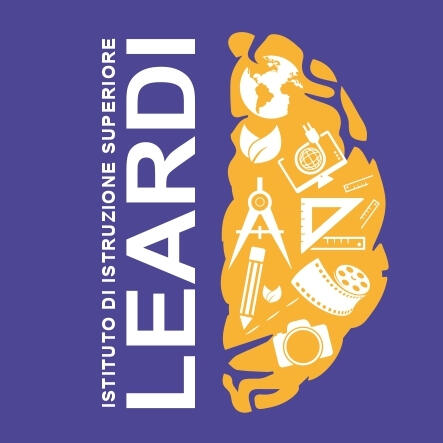
As my final exams approached, however, I began to feel a certain uneasiness: I felt the need to open myself up to new horizons, to find a path that would also speak to other aspects of my personality. It was at that moment, while attending the Turin Career Fair, that I came across the stand of the Nuova Accademia di Belle Arti in Milan. Among the various educational programmes on offer, one in particular immediately caught my attention: the newly launched course in Game Development.That name had an immediate impact on me. Ever since I was a child, I have had a deep passion for video games, not only as a form of entertainment, but also as a vehicle for imagination, storytelling and interaction. The opportunity to combine my technical skills with creativity in such a dynamic and constantly evolving context seemed like the most natural direction to take. That discovery was a turning point for me, the beginning of a new journey.
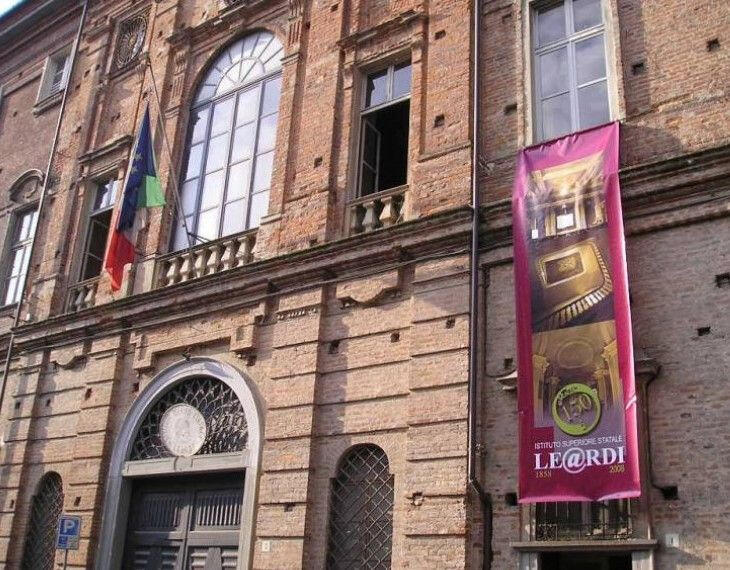
Bachelor Degree:
In 2018, I began my studies at the Nuova Accademia di Belle Arti in Milan, in the Department of New Technologies for Applied Arts, specialising in Game Development. From the very first semester, I noticed how much cinema and video games share in terms of language and tools. We studied sound theory, cinematography (with a focus on lighting, lenses and image composition) and narratology, experimenting with linear and non-linear structures, using branching dialogue and world-building techniques.In the second semester, we moved on to more technical skills. I learned the basics of 3D modelling using Maya and started prototyping interactive scenes with Unity 3D, setting up lighting, cameras and game mechanics such as movement and environmental interactions.
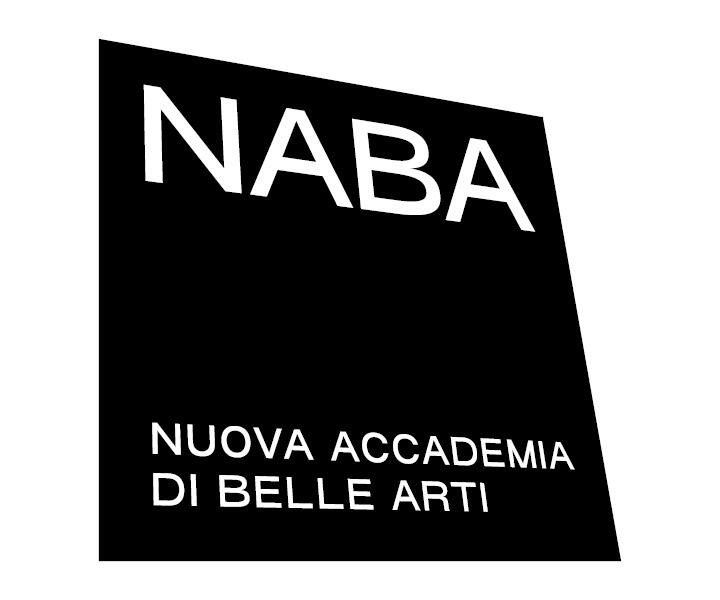
The second year was dedicated to video game development. I took a course in 3D animation based on keyframing to give realism to character movements. At the same time, I learned the basics of programming in C#, writing modular scripts for input, game logic and interfaces. Great importance was given to virtual reality (VR) development, where I addressed issues related to performance, spatial navigation and player comfort.In my third year, I started working with Unreal Engine 4, learning the Blueprint system and experimenting with a different workflow from Unity. I also took courses in Augmented Reality, integrating digital elements into real environments, and Virtual Production, studying filming techniques with LED walls and back-projection.The sixth semester was dedicated to my thesis project: my group and I developed a boss fight inspired by Dark Souls, trying to replicate its complexity and intensity. We worked on the boss's artificial intelligence, the design of the environments in Unreal, and the health, stamina and visual feedback systems. After months of development, we presented and defended the project before the committee in September 2021.
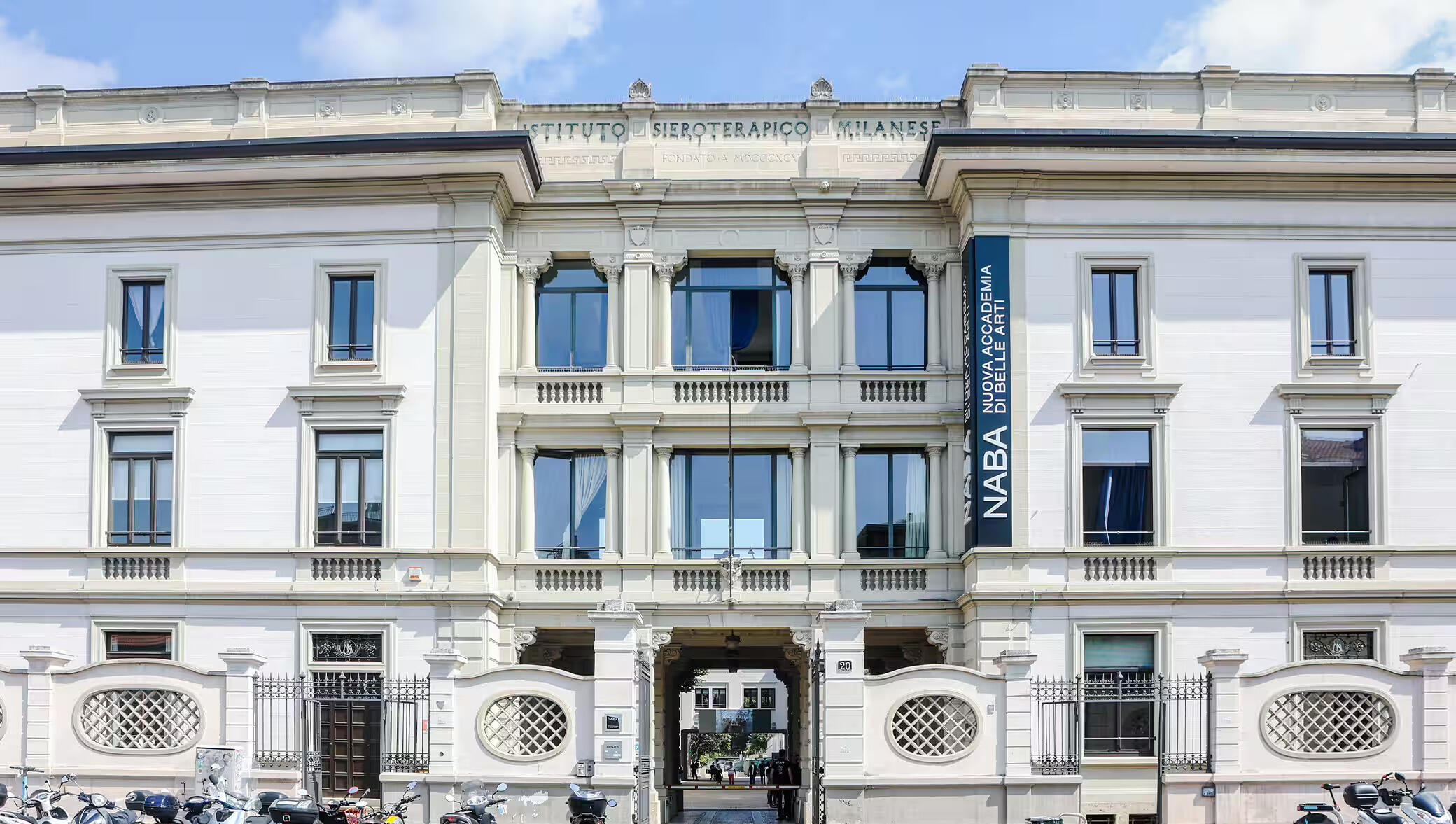
Master Degree:
In June 2023, I received confirmation of my admission to the Master's programme in Games (design track) at the IT University of Copenhagen and moved to Denmark to start this new chapter. The programme immediately proved to be very practical and collaborative, with a strong focus on teamwork and experimentation. During the first year, I took part in several group projects based on topics assigned by the teachers. The internal organisation involved the use of professional tools such as JIRA, Trello and Miro, which allowed us to manage activities, priorities and communication in a structured way. Each project also included the production of detailed technical documentation, which was useful for tracking objectives, processes and critical reflections. All prototypes were created in Unity, deepening my skills in game design and rapid prototyping.
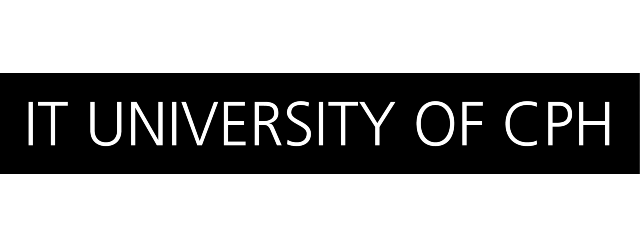
In the second semester, I took an introductory course in robotics, where I worked on hardware and software projects. I designed components in CAD using Fusion 360, prepared them for 3D printing with Prusa Slicer, and built basic electrical circuits. Finally, I wrote code in Arduino IDE to make the devices fully functional, integrating mechanics, electronics, and programming.The third semester was entirely dedicated to the DADIU programme, an intensive production experience involving students from all over Denmark. In a team of 13–14 people from different backgrounds, we built small prototypes and finally developed a complete video game. This journey took us through all stages of production, from pre-production to post-production, teaching us how to work under pressure and coordinate schedules and roles.
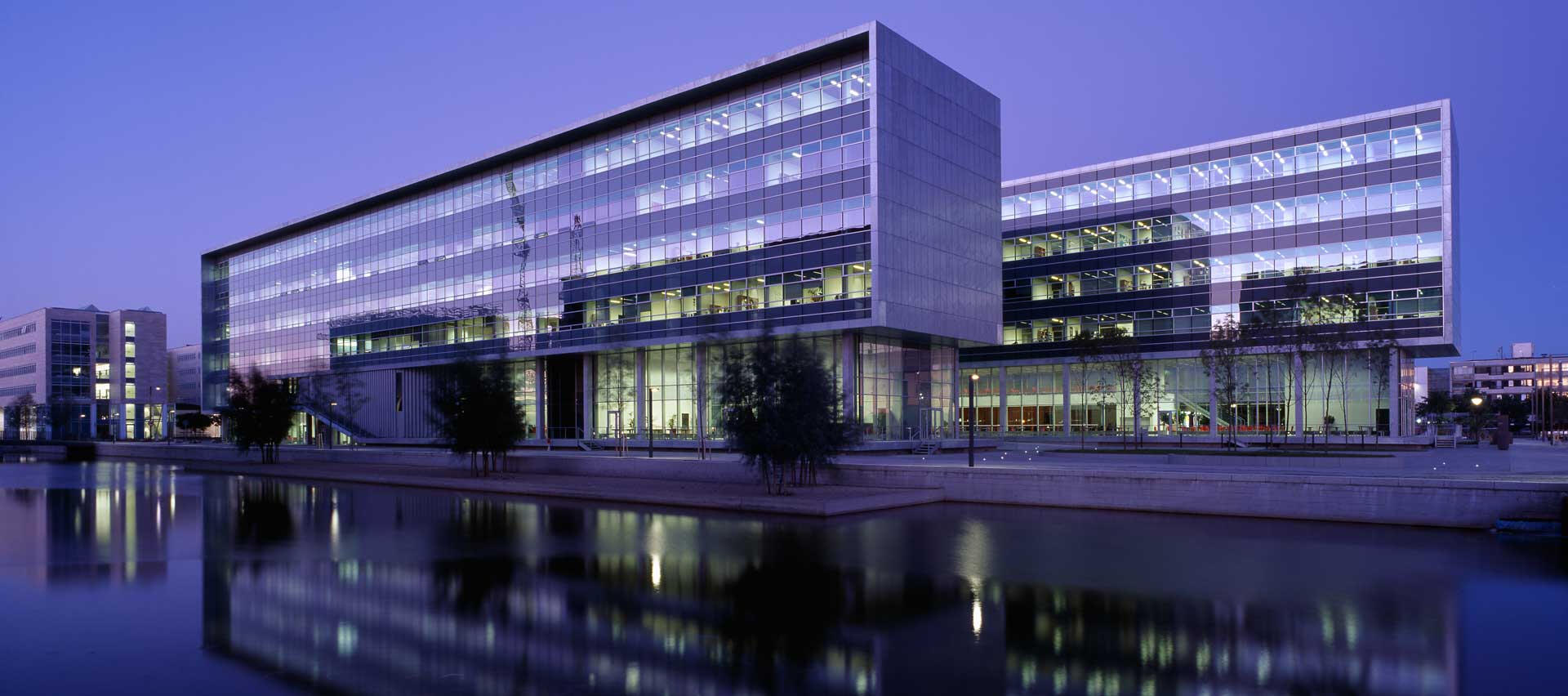
In the last semester, I developed my thesis on Procedural Content Generation in Unreal Engine 5.5, creating a tool to generate roads and buildings in a defined architectural style. The project combined creativity and automation, culminating in the thesis discussion in September 2025.
Drone Licence Open Category
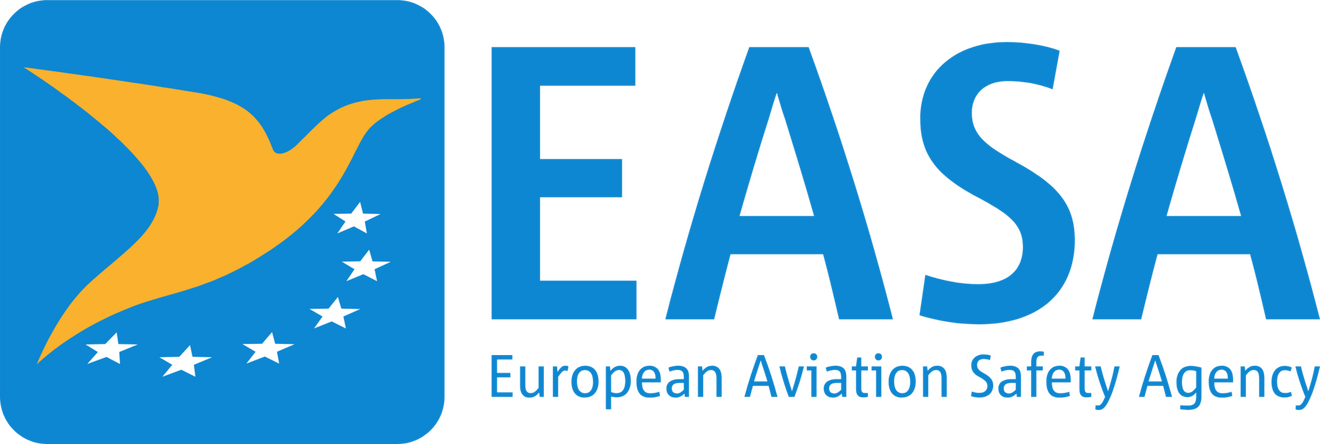
In February 2023, I completed the course to become a UAS (Unmanned Aircraft Systems) pilot at the Vercelli Aeroclub. The course, in line with European EASA regulations, included theoretical training on operational safety, aviation regulations, meteorology, flight principles and airspace management. At the end of the lessons, I took and passed the exam for the “Open” category, obtaining the official certificate that allows me to operate legally in subcategories A1, A2 and A3.This certification allows me to fly drones in various civil scenarios, expanding my skills not only on a technical level but also on a creative one. My interest in drones stems from a desire to explore new modes of expression and functionality, ranging from aerial photography to territorial data collection, to possible future applications in photogrammetry or environmental documentation.
Some of the tools I learned to use:

Google Docs - Probably not the most difficult to learn how to use, but essential to understand how to use it as efficiently as possible.
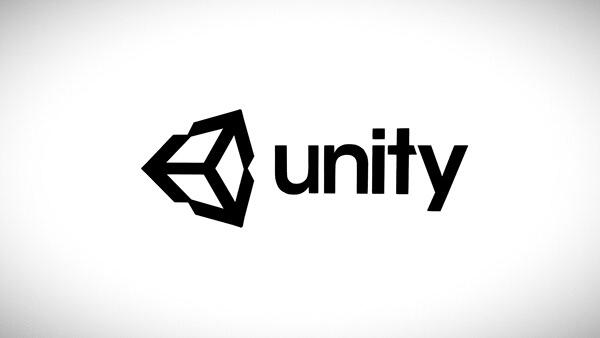
Unity 3D - With this programme, I learned the basics of coding in C#, as well as prototyping many projects with this game engine.
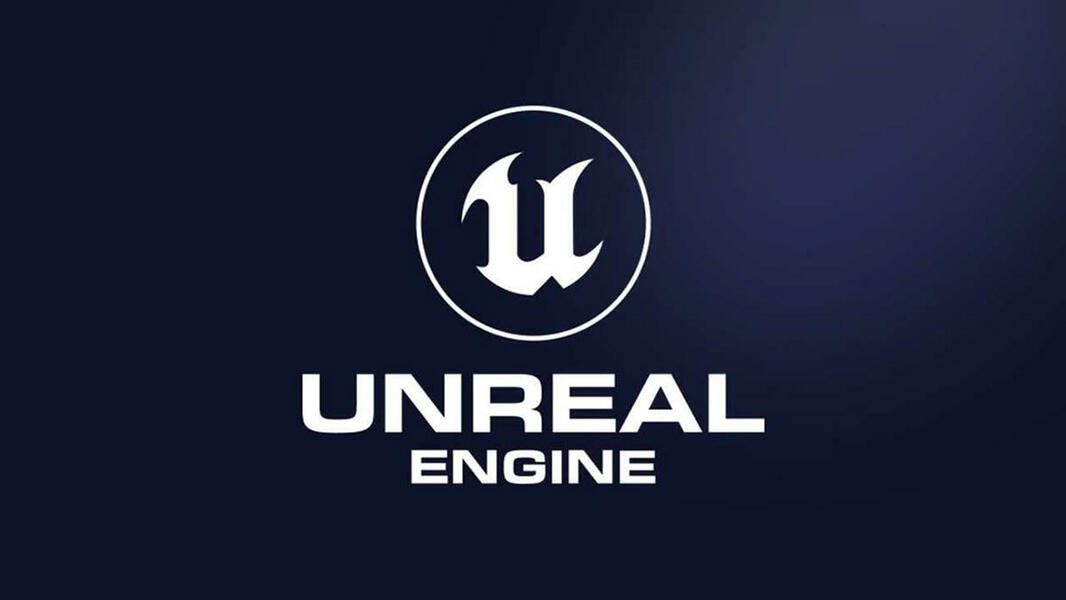
Unreal Engine - Personally, my favourite when it comes to creating video games for PC/consoles. Constantly being expanded by developers, it allows you to achieve excellent graphics quality. I used this game engine for both my bachelor's and master's projec

Reality Capture - Photogrammetry software. I used this tool to create a modelling project for a toy gun. Unfortunately, due to the programme's high computational requirements, I was unable to complete my project (I will return to it one day).
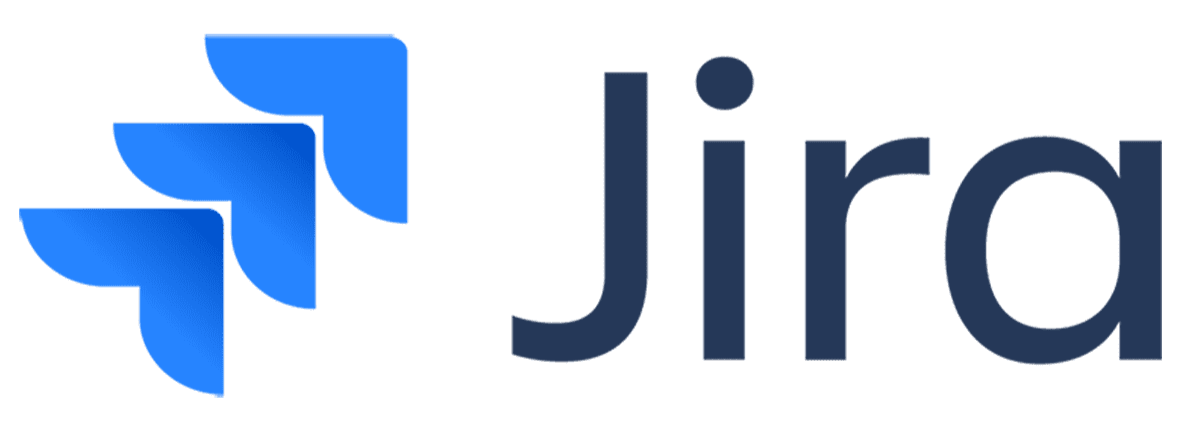
Jira - A tool I learned to use to coordinate the people in my team during the group project. Creation of tasks, sprints and deadlines for each member of the group.

Office 365 - Basic office package that I have learned to use over the years for various projects, such as presentations, data analysis sheets and documentation.
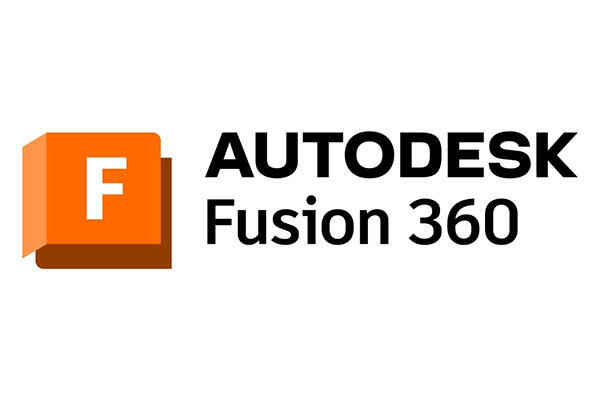
Fusion 360 - Software for creating 3D models with related project tables for the creation of mechanical elements to be 3D printed or sent to CNC machines.

Miro - Tool for creating shared tables for the design phase of a project. Very useful for keeping the whole team up to date with possible changes to the project.

Maya 3D - Software belonging to the Autodesk suite for 3D modelling/animation in the gaming field.
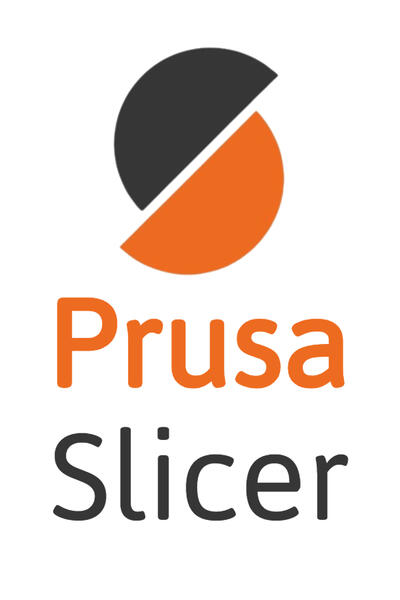
Prusa Slicer - Software for viewing previews for 3D prints.
About
Who am I:
I'm Gianluca,I am born in 1999, in Vercelli (Italy). I studied at the technical institute in Casale Monferrato and in June 2018 I completed my studies and obtained a diploma in Construction, Environment and Territory (surveyor). Subsequently, I attended the Nuova Accedemia di Belle Arti di Milano (NABA). There I studied New Technologies for Applied Arts, specialising in Game Development. My training is half creative and half practical.
Where I lived:Ever since I was a child, one of my dreams was to create a world in which I could set my own story and architecture. Then I discovered video games. I spent many hours playing and creating games and this helped me to find new compelling stories and to have the best time of my life.My skills, gained over the years and the projects I have developed, are: linear and non-linear writing, game design and game development. Over the years I have mainly developed with two graphics engines: Unity and Unreal Engine. I have almost always worked in teams and have always respected deliveries.
Casale Monferrato, AL
Piedmont, Italy
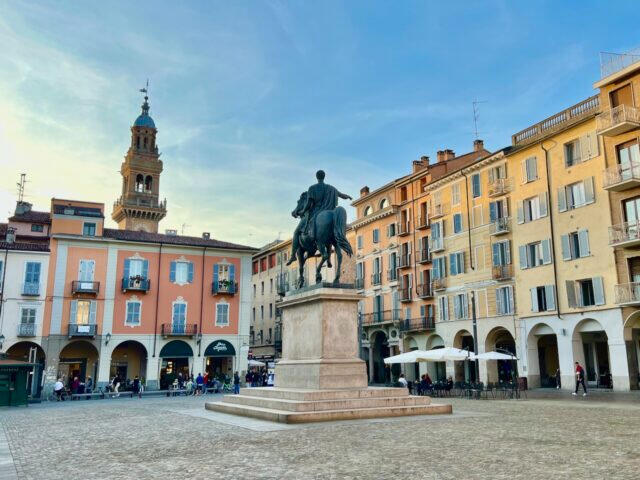
Casale is the town where I grew up. Although technically I was born in Vercelli, it was in Casale that I spent my entire childhood and adolescence, which is why I consider it my true hometown. For those who don't know it, it is a small town located in Piedmont, in the province of Alessandria, within the so-called industrial triangle (with his verticies in Turin, Milan and Genoa) that played a key role in the Italian economic boom of the 1950s and 1960s. Casale was, and still is, home to important industrial companies that have provided employment for thousands of people from the town and surrounding villages.My family was no exception. My parents worked for a long time in some of these companies, and this also profoundly influenced my perception of the world of work and the opportunities offered by the area. However, industrialisation also left painful marks: a branch of my family suffered directly from the consequences of asbestos processed by Eternit, one of the most historically present industries in the city. This link between development and social fragility is something that has accompanied me since childhood and has contributed to my awareness of the context in which I grew up. This is where I began my schooling, progressing through every level of education until I obtained my high school diploma. The strong industrial imprint of the area influenced my choice of studies.When deciding which secondary school to attend, I opted for a technical institute, specialising in Construction, Environment and Territory. This choice reflected my personal passion for architecture and building, which began when I was a child and was fuelled by my desire to design functional and shareable spaces. I also believe I was influenced, albeit indirectly, by my mother's work, as she was employed for years by architectural firms and construction companies. Her daily example of commitment to the sector helped to strengthen my curiosity about this field.
Milan, MI
Lombardy, Italy
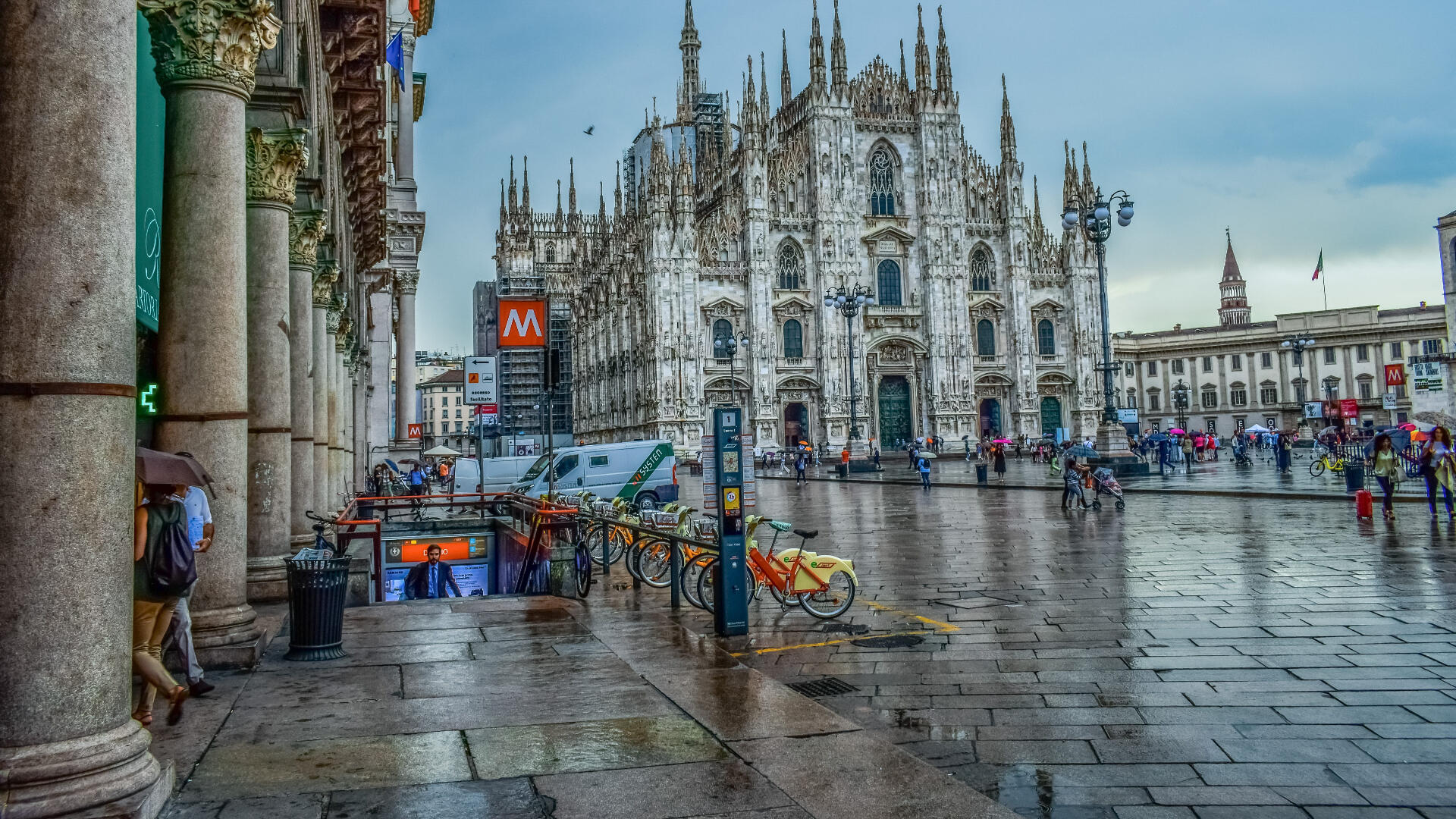
Milan. The big city. Second only to Rome in terms of population, but first in Italy in terms of GDP generated and the country's financial centre. For those like me who come from a small provincial town, the first impression was striking: grey buildings everywhere, seemingly endless dormitory neighbourhoods, busy streets, crowds everywhere. Only after passing through that concrete jungle do you catch a glimpse of the city centre, with the Duomo towering above the rooftops, reminding you that there is also beauty amid the chaos.I started visiting in 2018, during my first academic year, commuting between Casale and Milan. Every day was a challenge: cars, trains, connections. Despite the effort, those were the first moments when I began to build relationships with my classmates. With some of them, I shared projects that I still remember fondly today, because of the effort we put into them and the satisfaction they gave us.In my second year, in September 2019, I moved to Milan permanently. It was a radical change. I could finally experience the city first-hand, going out with friends, exploring neighbourhoods, taking part in activities. Shortly afterwards, however, COVID arrived.
I returned home for the first lockdown, following lessons remotely, and then returned to the city when the situation stabilised.In my final year at university, I moved house and started living with two friends. It was a spacious flat, where we also lived through the second lockdown. Once again, everything moved online. We studied, worked and lived in those rooms until the end of our academic careers. Those years, between commuting, moving house, the pandemic and distance learning, were turbulent. But they were also fundamental to my personal, academic and human growth.
Copenhagen
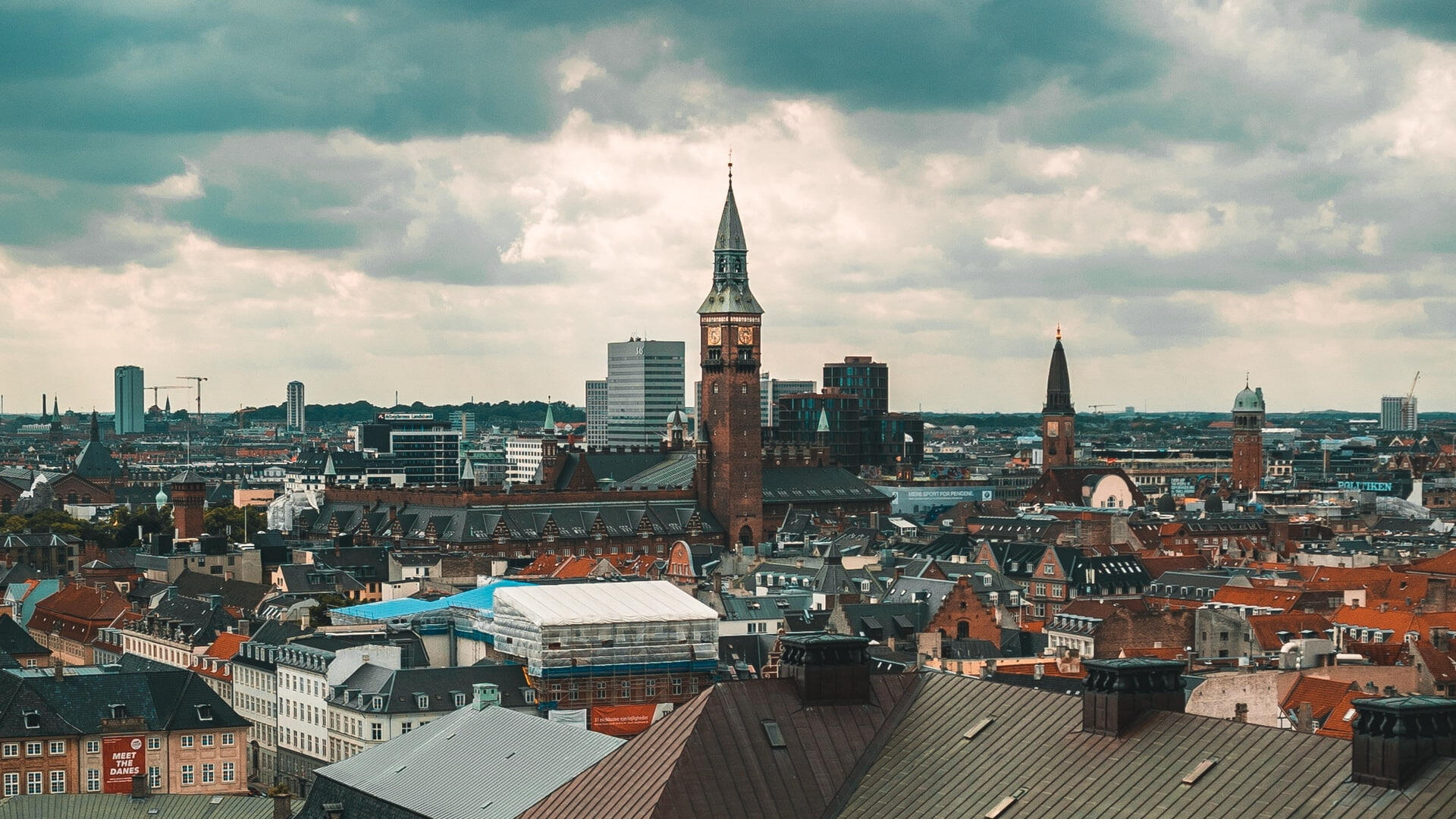
Copenhagen, the capital of Denmark, is a city that I have heard mentioned for years in international rankings for quality of life, work-life balance and sustainability. I imagined it as a cross between a world made of LEGO bricks and a small Amsterdam full of canals. I was wrong on both counts. I remember perfectly the first time I took the metro from Ørestad to Kongens Nytorv. Sitting in the front seats facing the direction of travel, with a huge window in front of me, I saw the city passing by before my eyes. On the outer sections, the metro runs above ground, offering a view of the city skyline that really gives you the impression of being in a city of the future.Copenhagen is lively, full of tourists, but also very welcoming. There are endless activities to do, cultural events, green spaces and areas where you can relax with friends or family. The real star, however, is the bicycle. It is the ultimate means of transport: fast, practical and environmentally friendly. Weather permitting (and if it's not raining too much), it can take you anywhere. For someone like me, who already mainly travelled by bicycle in Italy, it was like finding a natural extension of my lifestyle. I now live here and have decided to put down roots here for a whole host of reasons that make Denmark a better place than Italy.
Game that inspired me
In my life I played several big franchise games, such as:
And small indies games too, such as:
Movies
My approach to the world of video games is different from what one might expect. My view on this subject is to treat every single artefact as a work of art, just as happens in cinema.
Films and television series from yesterday and today have enabled me to develop a critical awareness of image composition, the use of certain patterns and colours for lighting, and the creation of stories that make characters more real and relatable.
Travelling
Travelling give the opportunities to people for meeting new faces, or for taken a beatifull picture to publish on Instagram.
Projects
In this section, I have compiled some of the projects I have worked on and the one I am currently working on.
Wooden Satellite
September 2025 - On going
Role: Researcher and Technical Designer.
After my graduation, I started to participate, as a volunteer, in a project with DAYSA Lab at IT University of Copenhagen. The project aim to design and develop an Wooden CubeSat for educational purposes.
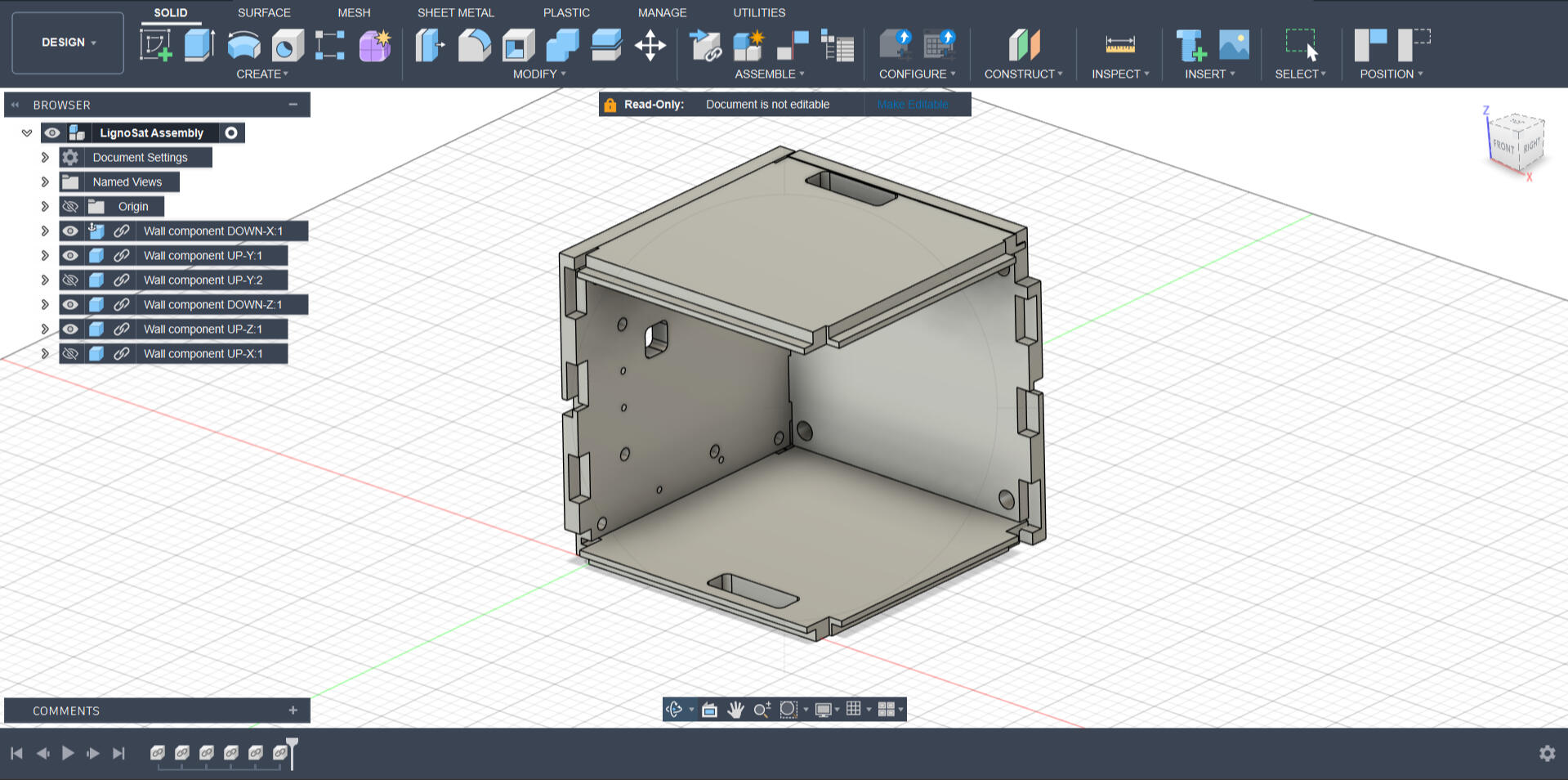
Motivation:
Today, there are more than 10,000 operational satellites orbiting the Earth. With this number continuing to grow, our atmosphere is beginning to become polluted with all the metallic material released by disused satellites. To address this problem, new studies are being considered that will allow new satellites to degrade in a more environmentally friendly way once their mission is complete and prevent the situation from worsening.Description:
With DAYSA Laboratory, belonging to IT University of Copenhagen. New approaches to satellites launched into space for scientific purposes are being studied. Here, my task is to research possible solutions by reviewing technical papers on the use of new materials for the construction of new satellites for scientific and academic purposes. In addition, I am responsible for developing a new type of satellite to be used for educational purposes in schools, to introduce boys and girls to the world of space.Below are two international projects investigating the use of wood materials in space.- WISA WoodSat (developed by KitSat and UPM)- LignoSat (developed by Kyoto University)
PCG Tool (Master Thesis)
September 2025
Role: Game Designer e Developer.
At the end of the course that began in September 2023, together with my classmate Marco Selleri, we decided to carry out a thesis project involving the construction of a gaming environment using the Procedural Content Generation (abbreviated to PCG) technique.
Research Question
Can a user-customizable graph grammar system generate diverse, stylistically authentic buildings in a city-building tool, and reduce reliance on handcrafted assets?Description
In many modern city-building games, the urban planning model followed is a grid-based system, closely resembling that of American cities. Our goal is to move away from this rigid pattern by providing players with a tool that enables the design of more natural and organically shaped cities. Specifically, we aim to develop a tool, not a complete game, that allows users to procedurally generate building blocks based on an existing road network.A key feature of this tool is the ability for users to edit the grammar used by the algorithm that assembles building modules. This allows for fine-grained control over the composition of structures. Unlike typical games that support multiple architectural styles, our focus will be solely on Italian Renaissance architecture, aiming for stylistic authenticity and historical coherence. For procedural generation, we will exclusively rely on Graph Grammar algorithms, taking full advantage of the capabilities offered by Unreal Engine 5.5.Furthermore, the project will be built in a modular way, allowing room for additional features. These new features will be designed as optional extensions, enhancing the tool’s flexibility and creative potential. Some of the ideas we have considered include: dynamic structural decay of buildings, support for varied terrain types, and interior furnishing of rooms.
Death to the Universe (ACT I)
December 2024
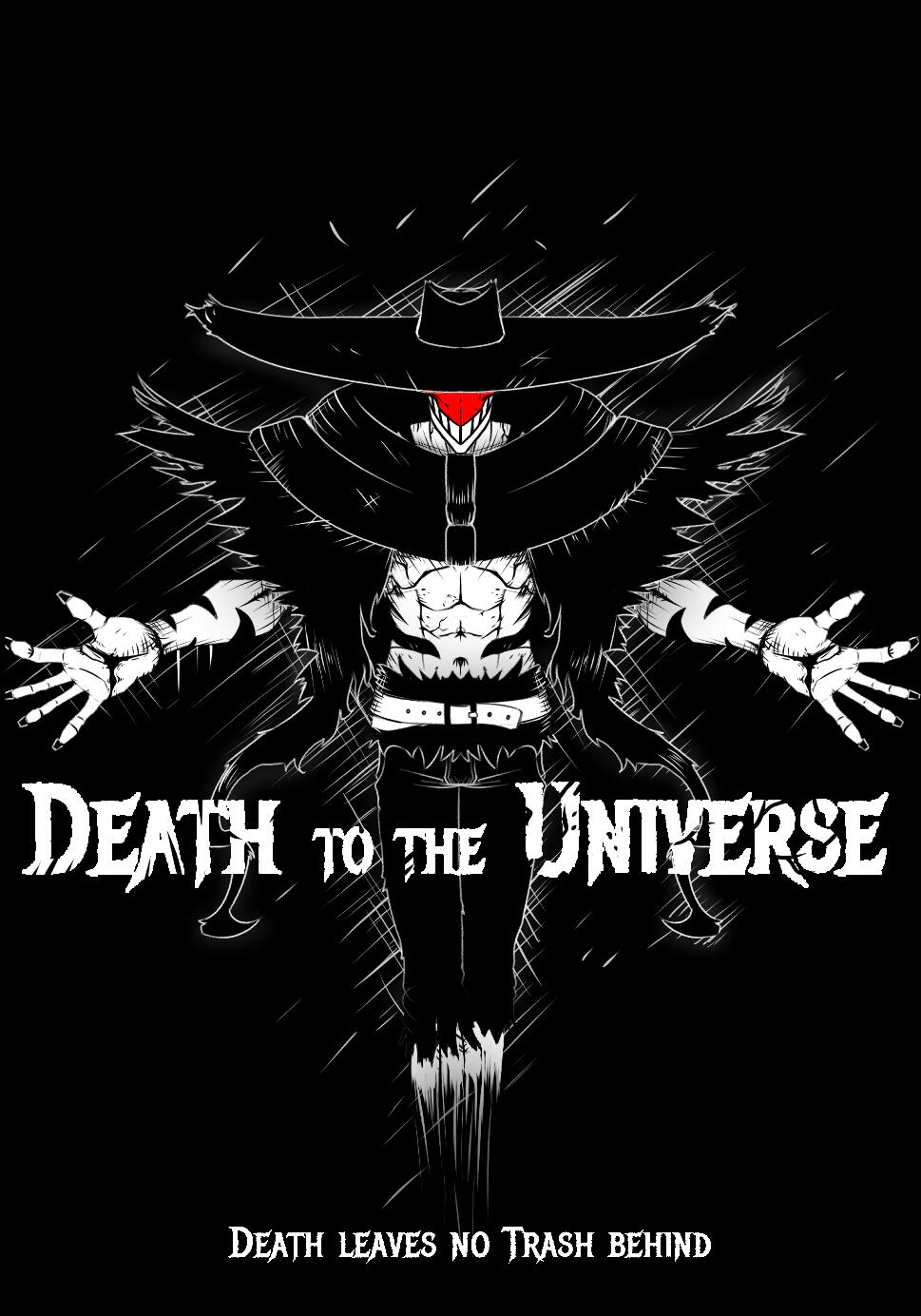
ROLE: Game designer and Level designer
It took a month and a half to go through the whole process, from conception to post-production and publishing the game. Our goal was to create a video game accessible to as many people as possible, from those who play occasionally to those who play daily. I worked in a team with 13 other people and we made a game available on Itch.io. Within the team I held various roles related to game design including level designer and game designer. This opportunity gave me the chance to deal with people from different fields than mine.
"The player will find himself impersonating death at the end of time. His task is to collect the last souls, in doing so he will complete his cycle and disappear. However, death cannot die. Through the narration of events, the player will discover the presence of prophecies, i.e. Hamletic cut-scenes that will make the protagonist discover a different reality of events. The prophecies are set against the enemy of this story, the universe. A faceless entity that wants to see death complete its cycle and disappear."
Here the buttons to itch.io and Steam pages where you can download and play tha game.
Here a Gallery of games mechanics:
Photogrammetry Project
Spring 2023
Role: 3D generalist.
In 2015, a year after its release, I decided to buy one of the video games that most influenced my love for this field, namely Assassin's Creed Unity. In this instalment of the famous Assassin's Creed video game saga, advanced development techniques were used, for the time, to recreate game environments that were as close as possible to their real-life counterparts. This was my first encounter with photogrammetry.
Goal
In an attempt to experiment and try to reproduce a real-life object in a digital counterpart, I decided to download the “Reality Capture” software. The subject of the experiment was a toy pellet gun that belonged to my grandfather when he was a child during the Second World War.Side note. In the original idea, this project aimed to combine classic photogrammetry with drone-based photogrammetry to capture images from a higher perspective. However, I had to scale it down due to a lack of equipment.Result
To proceed with the actual phase of taking photos to create the model, I wanted to wait for a day when the sky was covered with clouds, so that it could create uniform light, a fundamental condition for correct rendering.For general information on how to approach the image collection phase and subsequent implementation in the programme, I referred to the documentation available online and the videos available on YouTube on the official Reality Capture channel and that of freelancer William Faucher.The materials used to carry out the project were a CANON EOS 1200D camera and, as a device for creating the 3D model, an MSI GP63 Leopard 8RF gaming laptop (with an Nvidia GTX 1070 8GB RAM GPU). The camera was set to the following settings:- .RAW image format- ISO 400 sensitivity- 1/80 exposure time- f/9 focal lengthBelow are some photos taken and then used to create the digital model. Approximately 500 images were taken to create the rifle. It is clear that the more photos taken, the more accurate the model will be, but this also means more work for the machine to process. Proof of this concept is the fact that, in an attempt to generate the rifle's mesh, the programme crashed twice, displaying an error message stating that the graphics memory space was exhausted. Ergo, the result of the project is a partial success, because I managed to create the point cloud with the images I took, but when it came to finishing the work, the limitations of my machine became apparent, leaving the project in a state of suspension until I can replicate it on a machine capable of handling such a large amount of data.
Project Dominus (Bachelor Thesis)
September, 2021
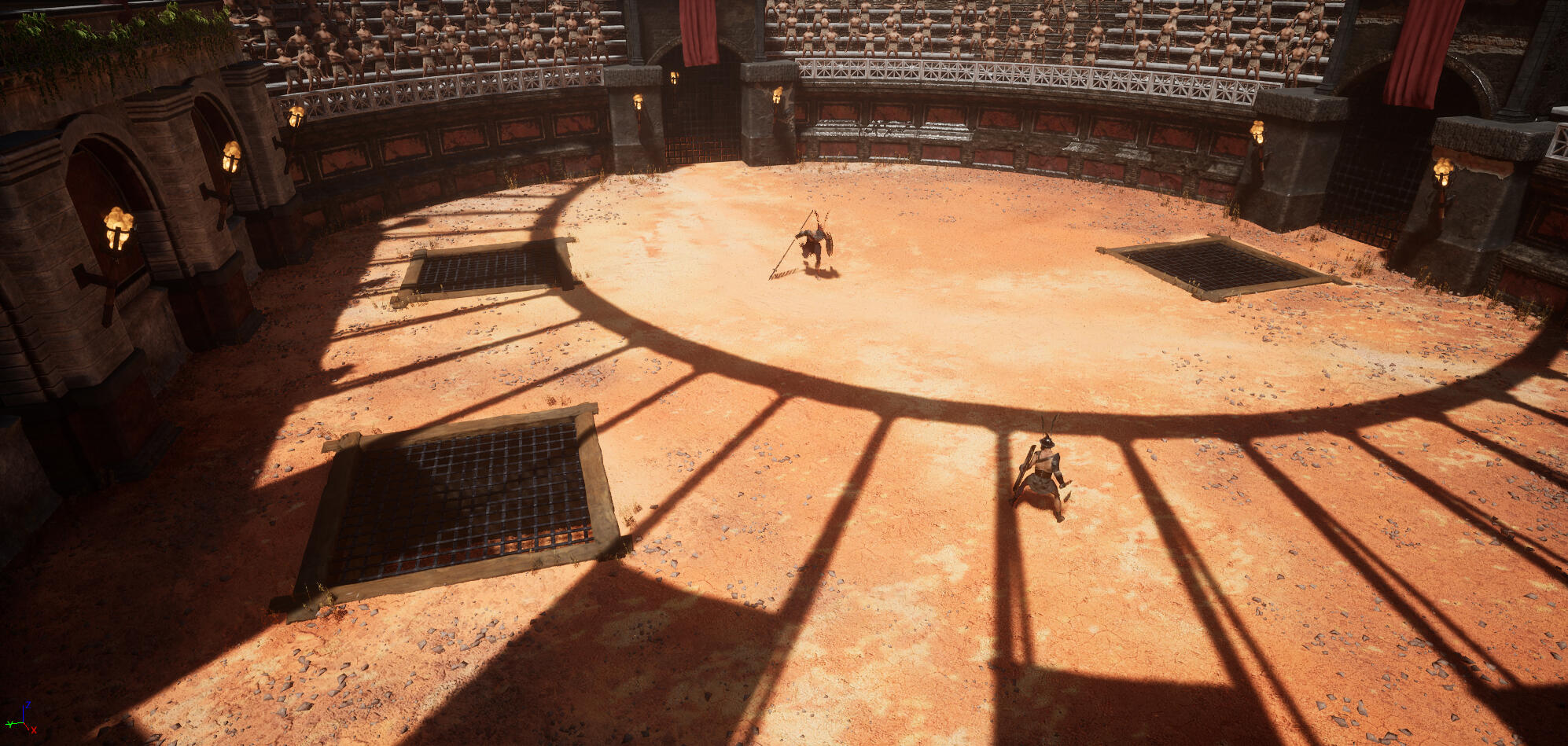
ROLE: Narrative designer, Historical Researcher, Game designer and Level designer
What Dominus is?
Dominus is a third-person tech-demo created as a thesis project for the bachelor's degree at the Nuova Accademia di Belle Arti in Milan.
I was involved in this project together with three other people (Andrea Pirola, Alessandro Mapelli and Leonardo Villa). Our objective was to recreate a boss-fight between a player and an artificial intelligence, which varied its approach to combat as the fight went on. After several attempts, we chose to create a classic boss-fight.
To make it as coherent as possible, we chose to recreate a fight in ancient Rome. After an initial introduction to the controls inside the gladiatorial school, the player is transported to an arena where he will fight against the emperor's champion.
It was realised with Unreal Engine 4.
As part of the project, I was in charge of the level design, narrative and level artist. In addition to taking care of most of the contextualisation with the historical period we had chosen.
Here a Gallery of inspiration for characters and environment:
This section is currently being updated.
Other projects are coming...
